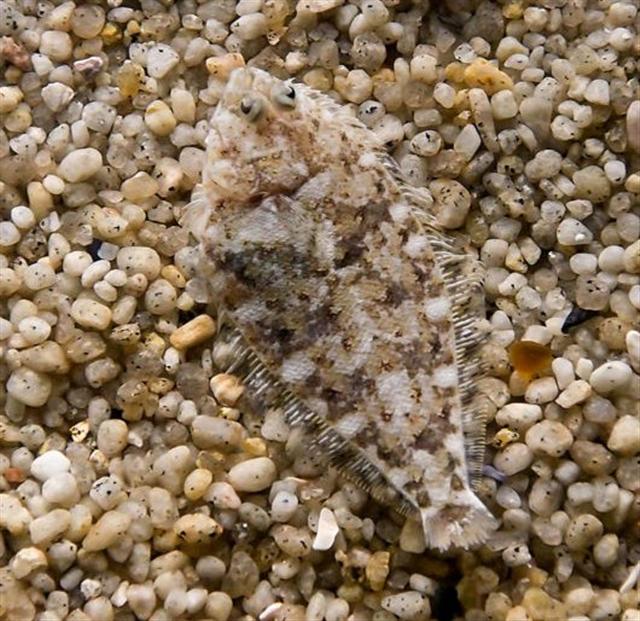1. There are 30 glyphs in line Ga1 and beyond the 'egg of Tagaroa' follows this fortnight:
The one-eyed 'person' in Ga1-18 catches our eye. Does he represent the 'one-eyed' spring, in contrast to an autumn ruled by the '2-faced' Moon? Eye = mata = face:
It is a day of Saturn, and his function is to terminate the preceding season and to create a fire for next season. Saturn's left eye (in the past) could illustrate a state of 'death' (puo, hilled up, covered by a blanket of earth) and his right eye the 'fire' in front. The glyph type is gagana:
11 * 8 (in Ga1-18) = 88 could be significant. 88 illustrates in pictorial form a pair of identical 'double-eyes'. I do not presume the rongorongo writers were aware of our arabic number signs, I only assume those who once decided that number eight should be written as '8' knew the ancient common sign language. A transition from the darkness of the previous halfyear (autumn) to the light of the next halfyear (spring) could be the meaning of gagana in Ga1-18. We have seen that the end of spring probably was illustrated by tagata and that therefore, possibly, the end of autumn was depicted by tagata gagana:
Autumn, the offspring season, could be imagined to need 2 eyes in order to see better when night is closing in. But I think the 2 'eyes' instead basically means season number 2, with each season illustrated as an eye: "Among the Nahyssan of S. Carolina time was measured and a rude chronology arranged by means of strings of leather with knots of various colour, like the Peruvian quipos. The Dakota use a circle as the symbol of time, a smaller one for a year and a larger one for a longer period: the circles are arranged in rows, thus: OOO or O-O-O. The Pima of Arizona make use of a tally. The year-mark is a deep notch across the stick..." (Martin P. Nilsson, Primitive Time-Reckoning.) The problem to solve would then be how to explain the transition from a season with 2 'eyes' back to a season with only a single eye at the beginning of next year - what happened with the lost eye? The solution would have come naturally, by referring to what happens each day with Sun when he reaches the horizon in the west - he is swallowed by Mother Earth, he is covered by a blanket of earth. I.e., someone else than Mother Earth had to swallow the eye of Sun at winter solstice, e.g. Raven or Kahoali'i ('The-Companion-of-the-King', the one who is also known as 'Death-is-Near' (Koke-na-make). And instead of earth in the west there should be mud in the north, because there is no land in the north but at the bottom of the sea there is mud. 88 could also allude to 3 dark months beyond Roto Iri Are (at 13 * 29.5 = 383½), because 472 - 88 = 384 (= 16 * 24). Another alternative is to count 472 + 19 (at Ga1-18) = 491 and then relate 4 * 91 to the swallowing mouth (vaha kai) of day 364. Everything is possible for a fertile imagination:
Instead of getting mud in the eye a deceptively simple and childish little story tells about the opposite, how to get the eye in the mud: "Lobster said to Flounder: 'Let us-two hide from each other, see who is best at that.' Flounder agreed to play this game. Lobster went to a hole in the coral, hid his body; but his feelers stuck out, he could not hide them. Flounder knew where he was, found him. Said Flounder; 'Now it is my turn.' He stirred up a cloud of mud and scooted into it. Then he returned to Lobster's side, so quietly that Lobster did not know he was there. 'Here I am sir, Lobster!' Lobster was so angry at being beaten that he stamped on the fish and smashed him flat. Cried Flounder; 'Now I've got one eye in the mud!' Therefore Lobster gouged it out for him and roughly stuck it back on top. This is the reason why men tread on the Flounder, but can always see the Lobster's feelers outside his hole." (Alpers, Legends of the South Seas.)
Probably a flat fish must belong at the pole of winter solstice where the sky roof is low, and the lobster should therefore be at the opposite end, in a hole at midsummer. He is properly shaped already from the beginning with his 2 eyes on top of his head:
|












